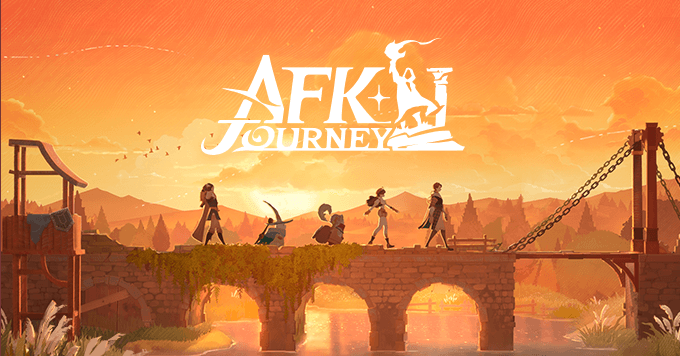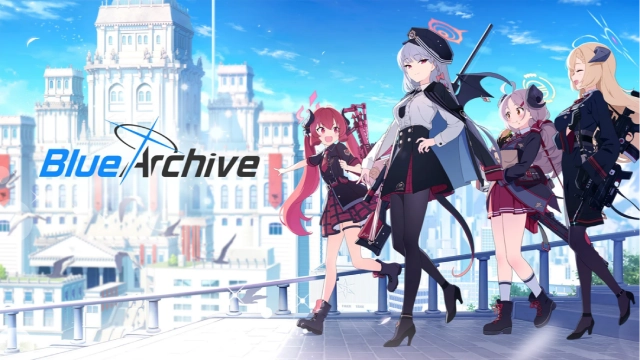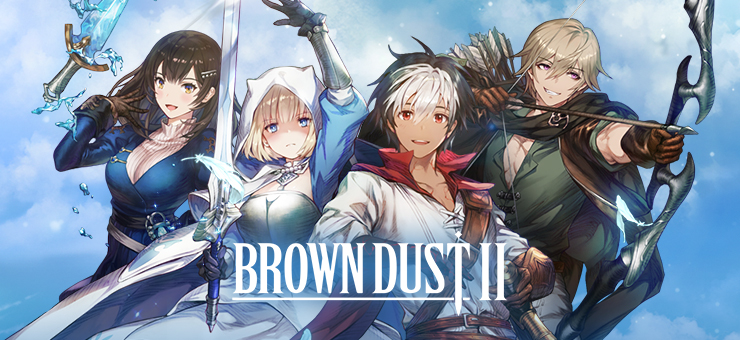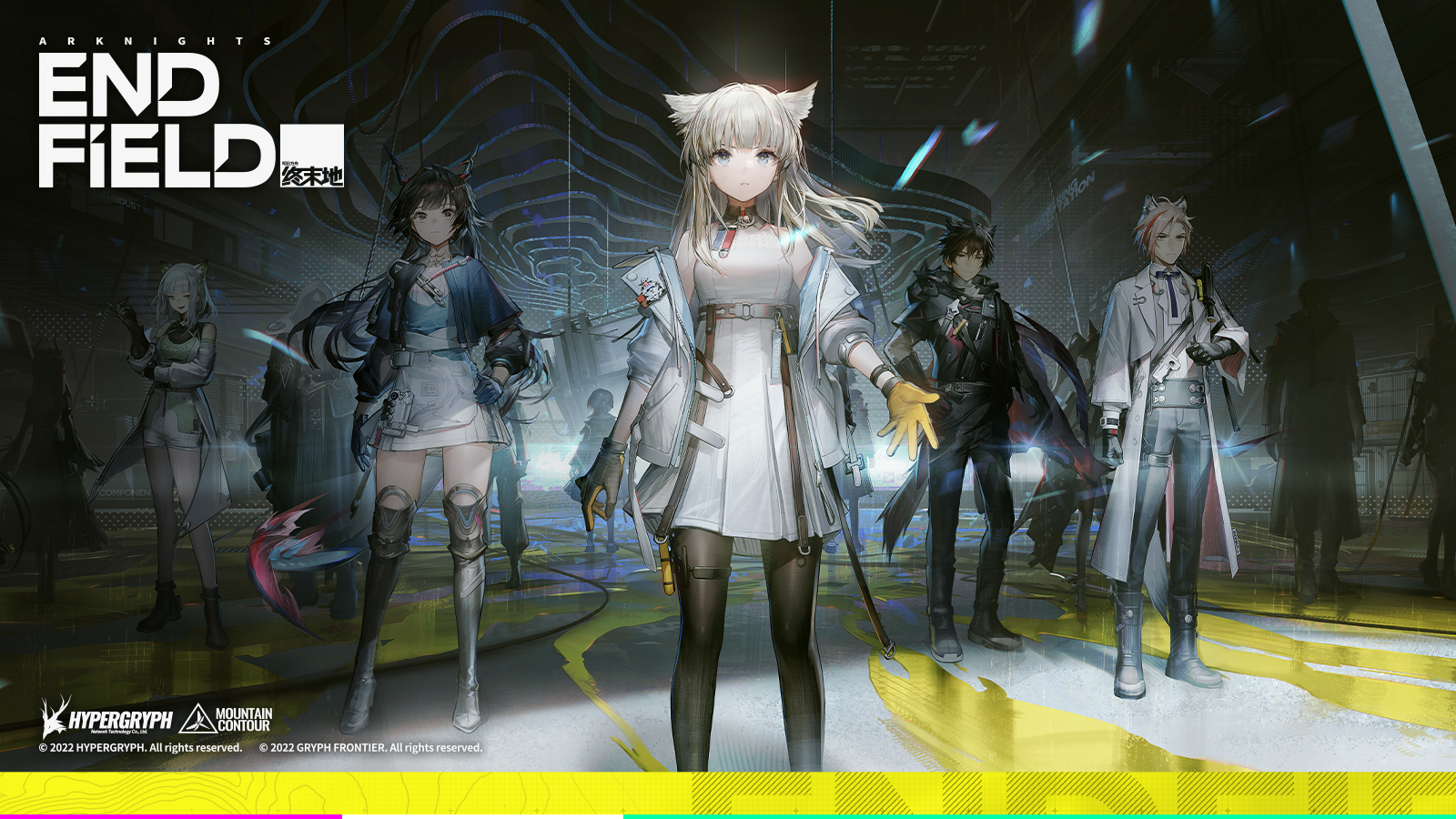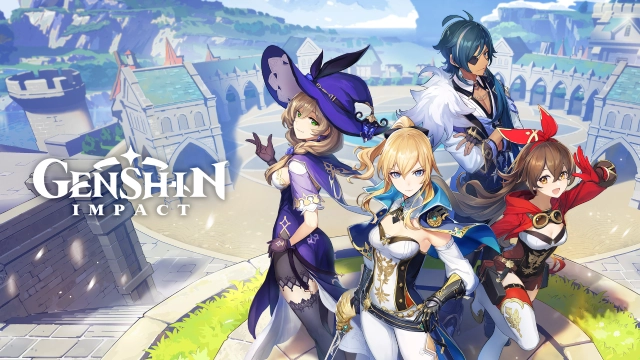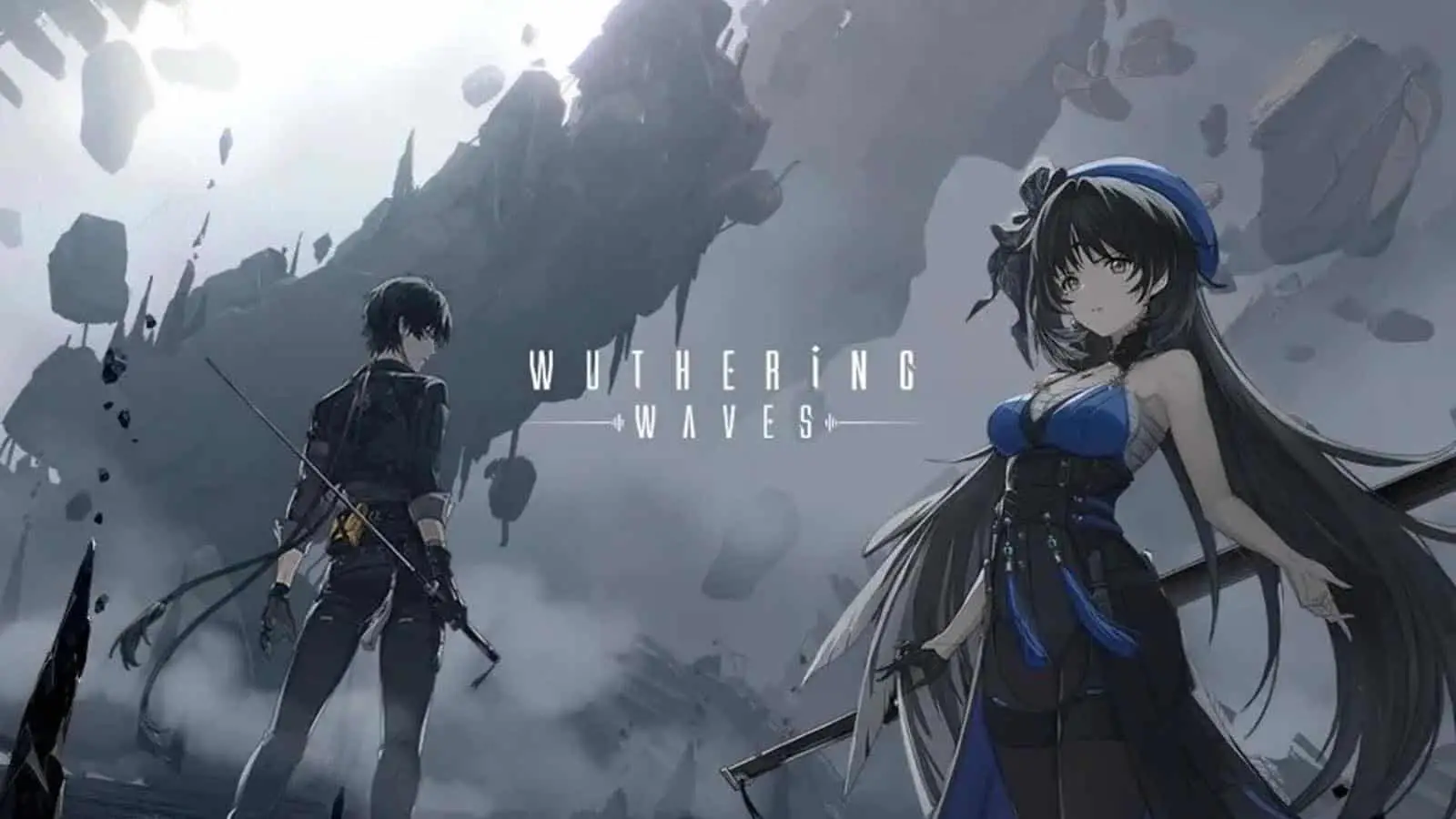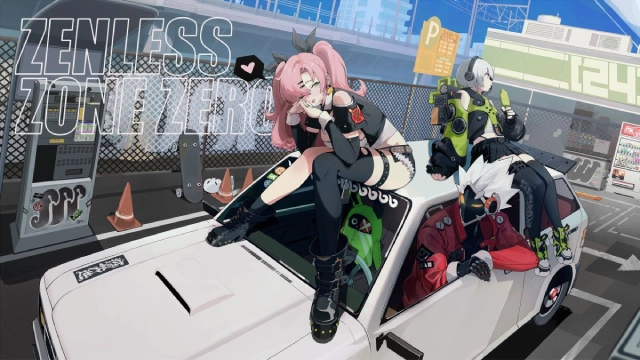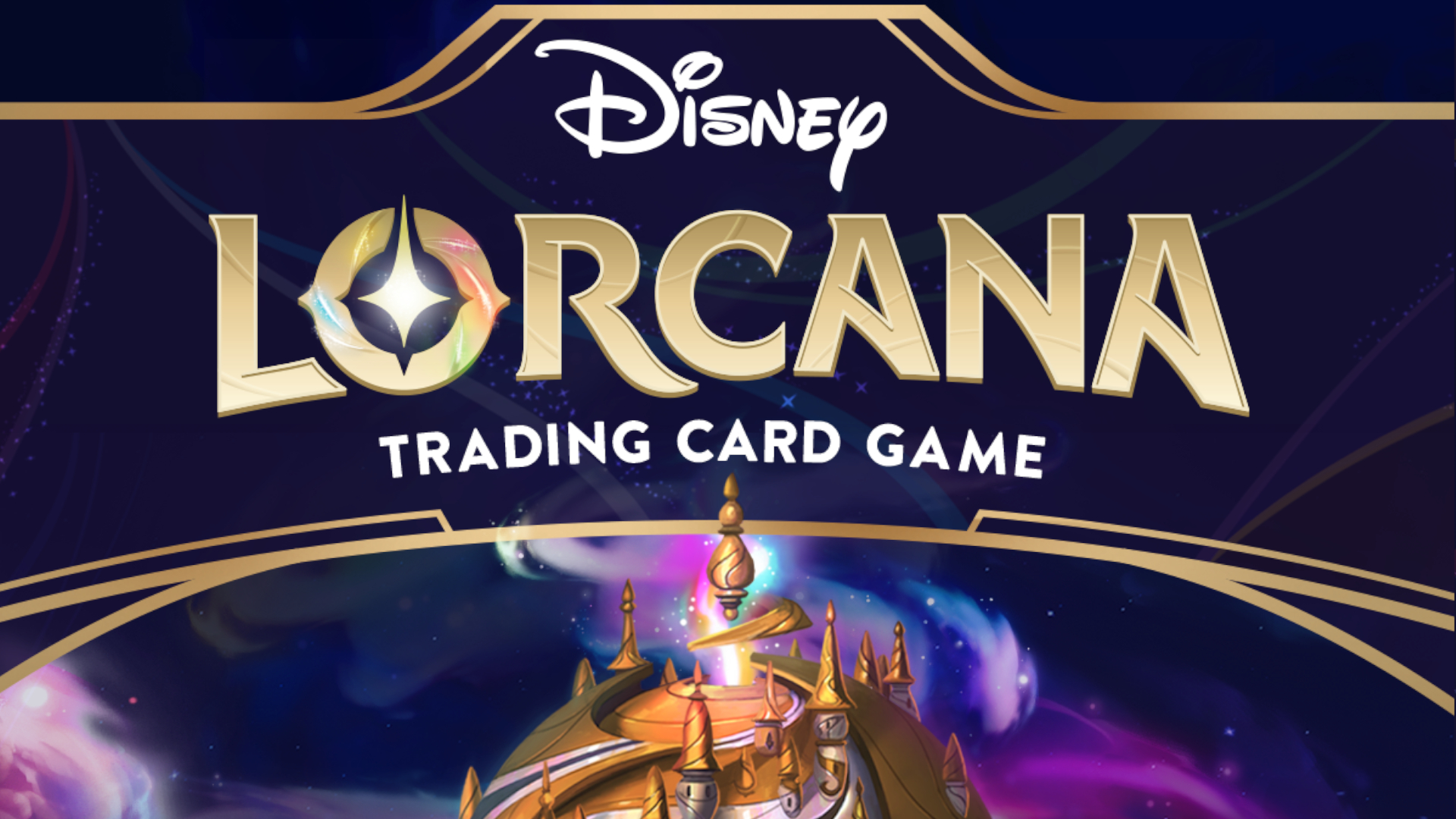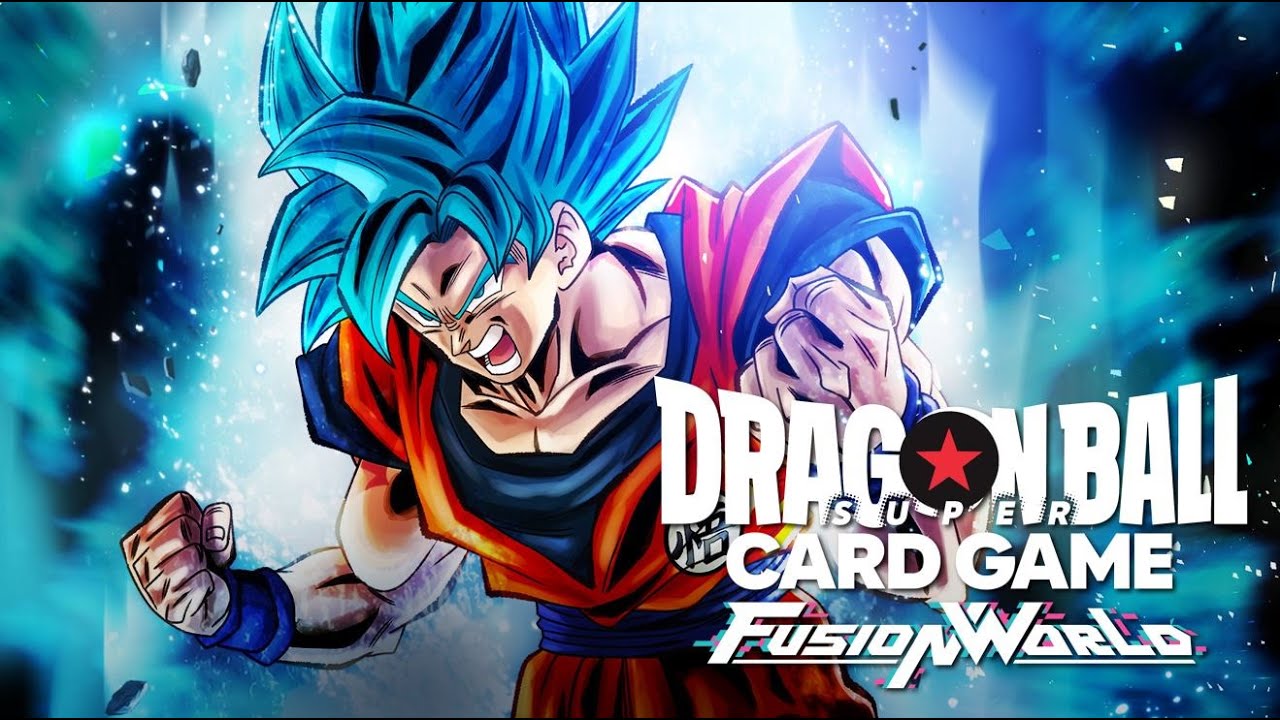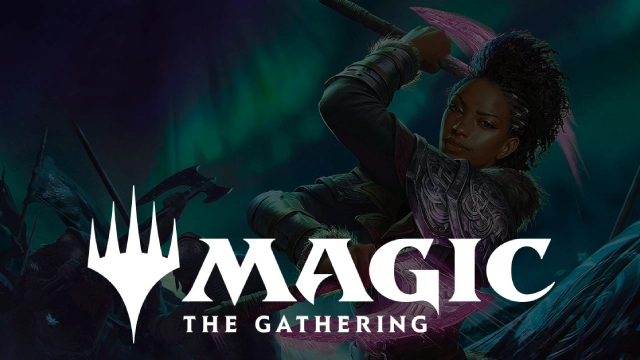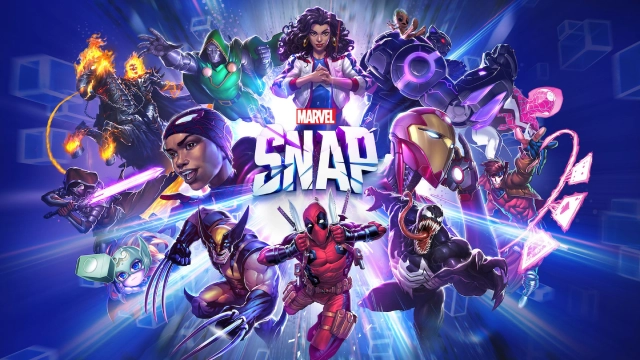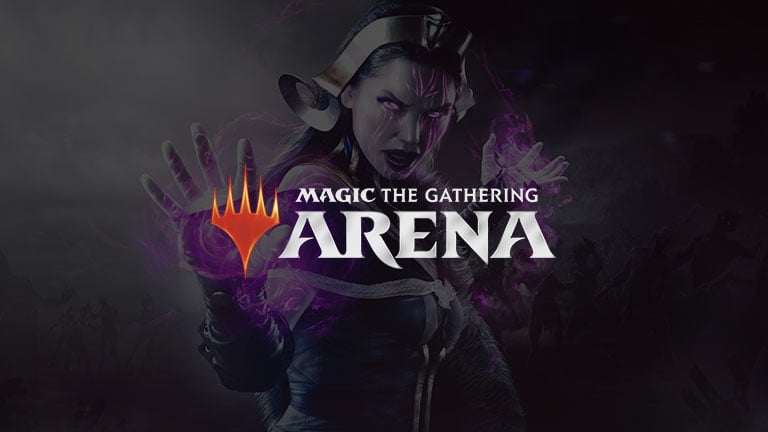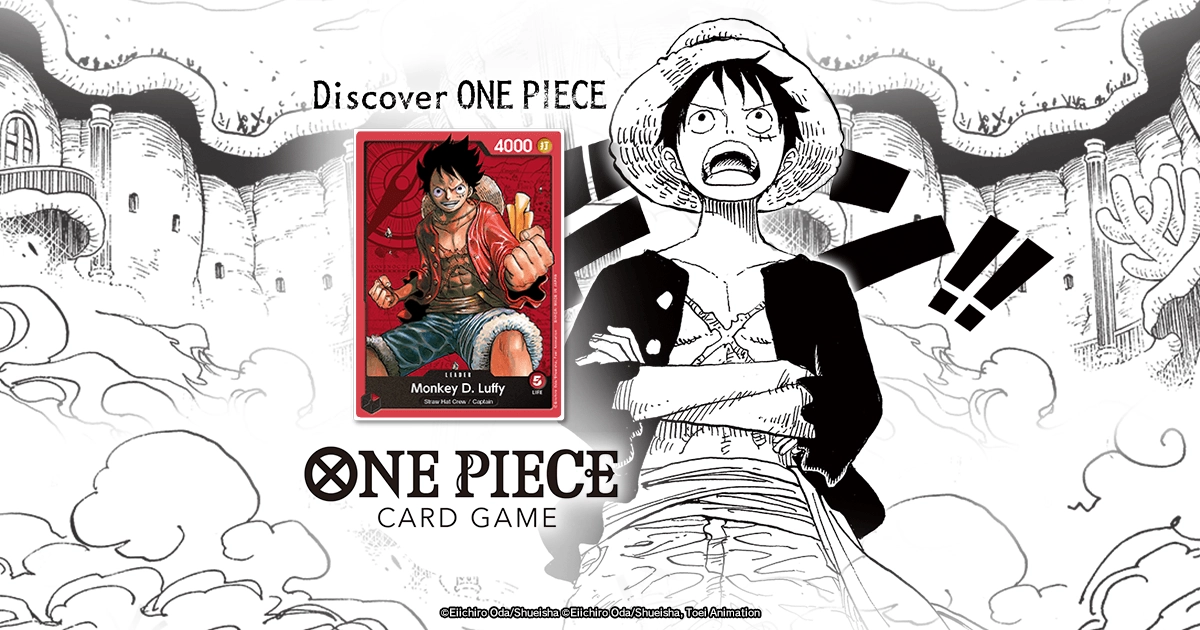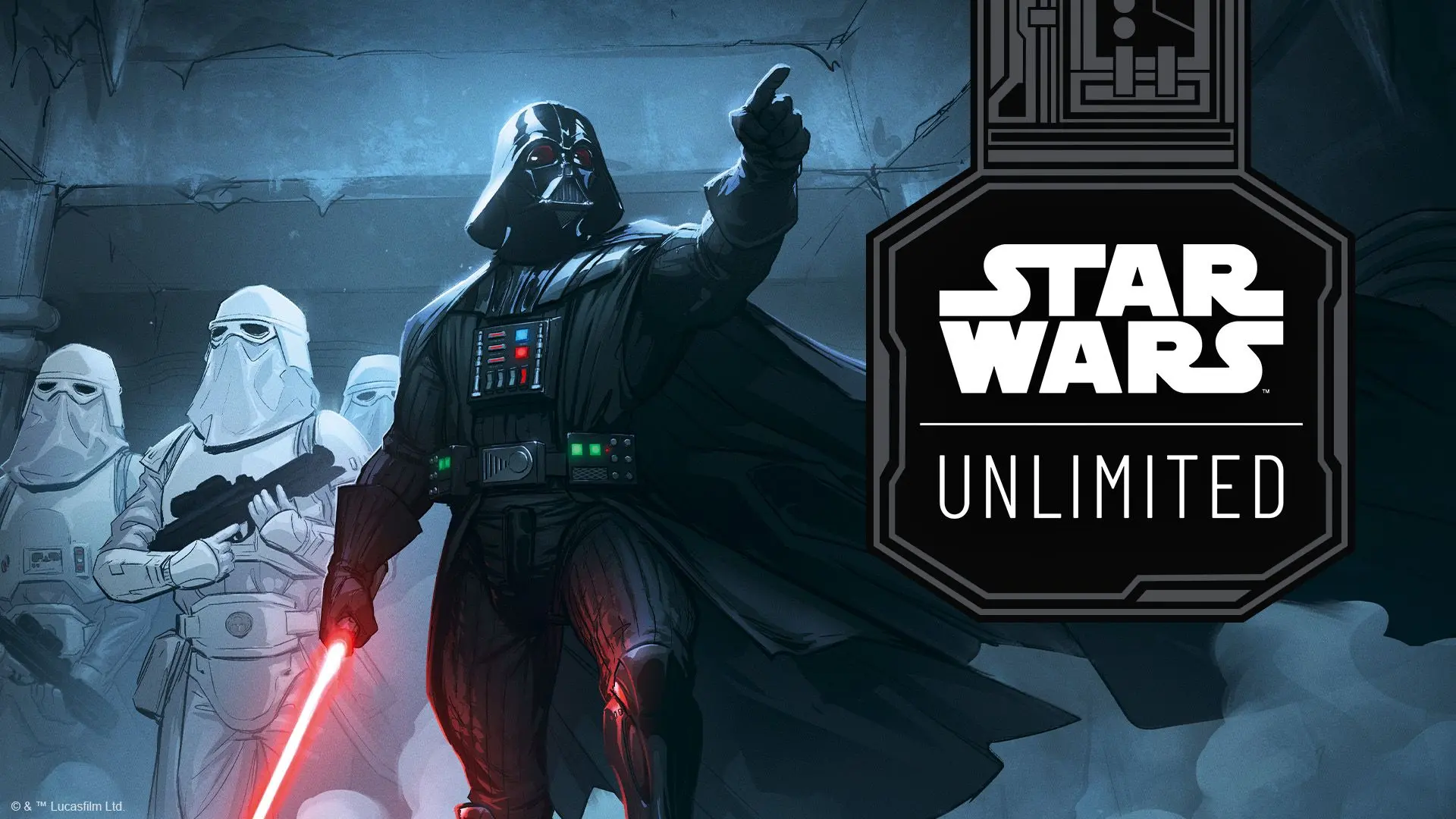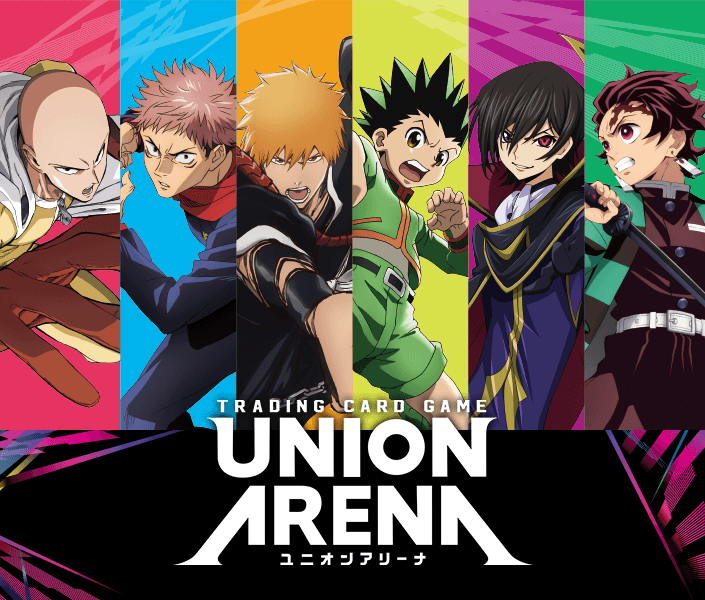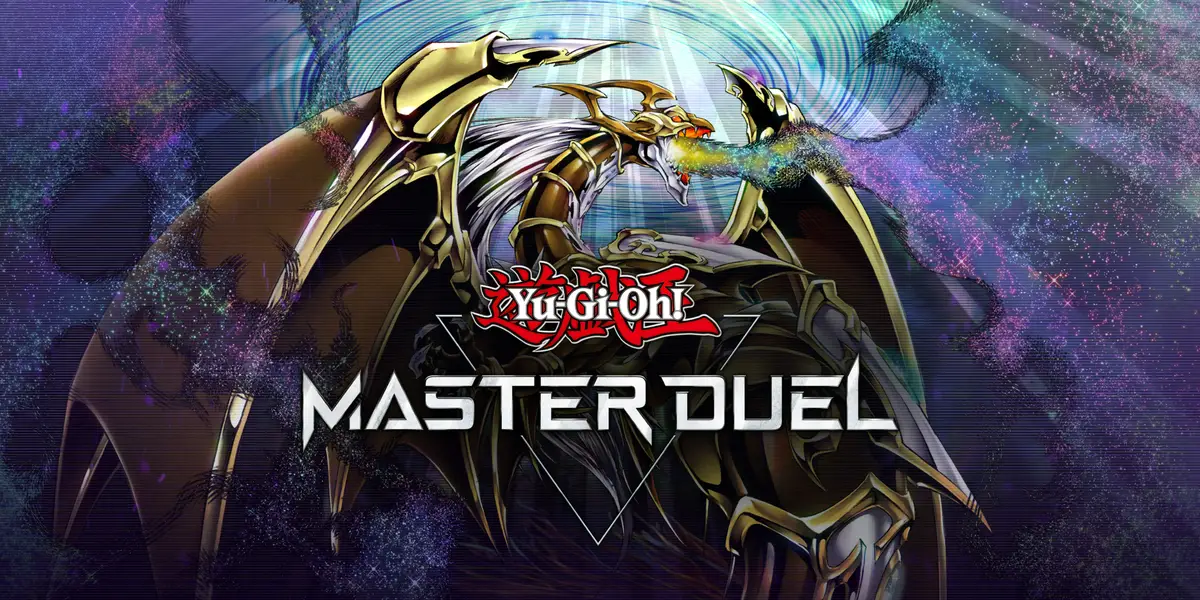Table of Contents
- This Week’s Top Performers
- The Deck’s Looking To Break In / Next Best Options
- Decklists in this Article
- Bo1 Jeskai Hinata – June 15, 2022 Standard Metagame Snapshot
- Bo3 Jeskai Hinata – June 15, 2022 Standard Metagame Snapshot
- Bo1 Esper Midrange – June 15, 2022 Standard Metagame Snapshot
- Bo3 Esper Midrange – June 15, 2022 Standard Metagame Snapshot
- Bo1 Jund Midrange – June 15, 2022 Standard Metagame Snapshot
- Bo3 Jund Midrange – June 15, 2022 Standard Metagame Snapshot
- Bo1 Grixis Vampires – June 15, 2022 Standard Metagame Snapshot
- Bo3 Grixis Vampires – June 15, 2022 Standard Metagame Snapshot
- Bo1 Orzhov Midrange – June 15, 2022 Standard Metagame Snapshot
- Bo3 Orzhov Midrange – June 15, 2022 Standard Metagame Snapshot
- Bo1 Mono Green Aggro – June 15, 2022 Standard Metagame Snapshot
- Bo3 Mono Green Aggro – June 15, 2022 Standard Metagame Snapshot
Hello everyone! We want you to have the most up to date information on Standard, and initially, we did that by providing deck guides to fill out your knowledge. However, we realized that we could still do more so we’re looking to be updating Standard’s tier list weekly as well as provide analysis on the standout decks, whether they stand out for their strength, weaknesses, or they have a large change in positioning. As always, you can find the link to the complete tier lists below.
To compile this report, the first metric that I look at the most is recent tournament successes. Following tournament trends is generally the best way to dictate what decks are overperforming for the week and can cut through the noise of inaccurate data.
The second metric I use is it’s inherent positioning in the metagame with what decks it’s good at beating and what beats it. The third metric is then win rate data where I see how the deck has historically done over it’s tracked life cycle.
Finally, I have the fourth determination of personal bias where I let my feelings fly on why I like a deck that isn’t necessary empirical. This could be deck feel, perceived matchup strength, or any other metric I would discuss that’s not already covered.
With that, let’s get into it.
This Week’s Top Performers

Jeskai Hinata








































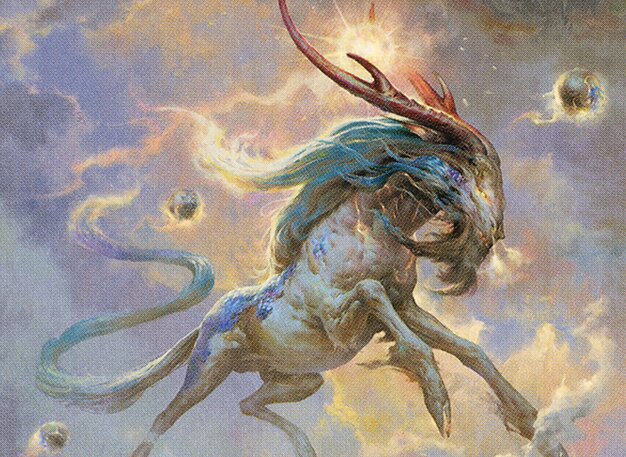


Instants (22)
Sorceries (4)
Enchantments (4)
Lands (22)
60 Cards
$373.3



Instants (22)
Sorceries (4)
Enchantments (4)
Lands (22)
60 Cards
$373.3
Sideboard
15 Cards
$22.33
Once again, if we have to pick a winner for this week, we definitely have to go with Jeskai Hinata once again, and considering how powerful it is, there’s no big surprise.
The thing with Hinata, despite everyone knowing it’s priority number one to beat right now, is that it doesn’t have just one solution to deal with it. You would think it would be simple enough, it’s a control deck that doesn’t have too many threats, and the threats they do play are somewhat clunky, but it’s much easier said than done. You need a deck that isn’t fragile to interaction, but also fast enough to not go too long with them, a deck that has enough interaction to kill their threats when presented, but the right interaction as they have good ways to defend Hinata, and the list can go on and on. The point being, the deck attacks from a lot of different angles and finding the exact configuration to beat something that is inherently very multifaceted is pretty difficult, especially when there’s always a threat of just getting blown out by a turn 6 Magma Opus out of nowhere.
However, even with all that in mind, what I said last week is beginning to come to fruition Hinata’s grasp on the metagame is definitely loosening. While it is a difficult deck tom combat, it’s definitely not impossible as just going for one countermeasure generally isn’t enough, but several could be. Most decks are now packing substantially more hate for the deck including hand disruption, main deck counterspells, Disdainful Stroke, Soul Shatter, and similar answers to help combat the Jeskai menace. This can be seen with the last Standard challenge where, although Hinata still performing well, didn’t even have a top 4 appearance unlike all the previous Standard challenges.
Esper Midrange
- Find more Esper Midrange decklists in our deck database
- Check out our latest Esper Midrange deck guide


















































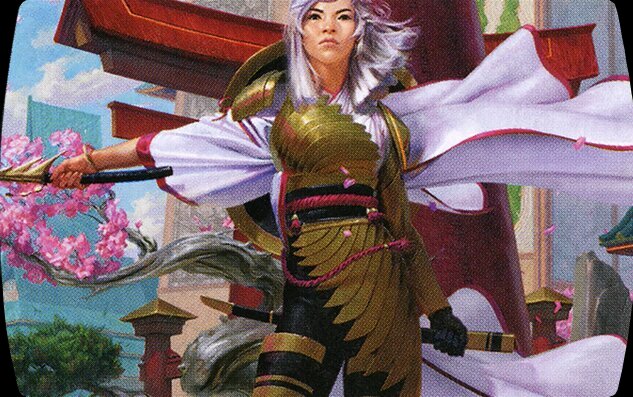

Creatures (18)
Lands (25)
60 Cards
$492.06
Sideboard
2 Cards
$0.98



Creatures (16)
Instants (7)
Sorceries (1)
Lands (26)
60 Cards
$470.94
Sideboard
15 Cards
$58.35
From best deck, to fine deck, and coming around again to one of the best options, we have Esper Midrange.
Esper Midrange is an extremely good deck with powerful cards and a lot of flexibility. While it is never a dominant strategy per say, it always will be a strong one. However, in the last few week Esper was struggling to find it’s foothold in a sea of Izzet decks that were starting to overpower it. Unsurprisingly though, it’s finally adjusted.
As I said before, the way to beat Hinata was to lean heavier into disruption, but more specifically, hand disruption and counterspells. Mogged definitely understood this as well with their take on Esper with multiple main deck counterspells to help fight Hinata. As splash damage though, these cards also perform extremely well against the other Izzet(x) decks like Jeskai Combo and Temur so becoming stronger against all the matchups that were previously dunking on you is definitely a great feeling. I expect this build or even a build with more main deck countermagic and/or hand disruption to become the standard version as long as the Izzet decks are popular.
Jund Midrange



































Planeswalkers (5)
Creatures (10)
Instants (8)
Sorceries (1)
Artifacts (4)
Lands (25)
60 Cards
$459.12



Creatures (10)
Instants (11)
Sorceries (1)
Artifacts (4)
Lands (26)
60 Cards
$476.04
Sideboard
15 Cards
$63.11
Next up on our list of good midrange options, we have to talk about Jund Midrange.
More so than the other midrange decks, Jund has had an interesting time as it just took substantially longer to find the “proper” list. Esper Midrange had a substantial head start as Orzhov was a cornerstone of the previous Standard, but Jund didn’t have the same privilege. Now that a lot of iterations of Jund were thoroughly vetted, we seemed to have come to a generally agreed upon list that seems to perform better and better each week.
I’m a big fan of Jund as it does exactly what I like my midrange decks doing. You have a good curve, great interaction, but most importantly, you can be fast when you need to. This is definitely a midrange deck, but it won’t feel like that if the opponent goes Bloodtithe Harvester, Fable of the Mirror-Breaker, then Esika's Chariot to absolutely dominate the board. This exact brand of midrange will be really important in the upcoming weeks as the Blue based midrange decks are certainly going to slow down to continue the good fight against the midrange decks.
In that vein, I have to wonder if Jund has now leaned too hard into the interactive part of the deck if the metagame is going to continue to slow down, but only time will tell. If I was going to take Jund into a tournament, I feel that relegating some of the more expensive pieces of removal to the sideboard in lieu of more cheap threats in the main deck would be my preference.
The Deck’s Looking To Break In / Next Best Options

Grixis Vampires
- Find more Grixis Vampires decklists in our deck database
- Check out our latest Grixis Vampires deck guide































Creatures (14)
Sorceries (1)
Lands (26)
60 Cards
$438.26



Creatures (15)
Instants (8)
Sorceries (1)
Lands (26)
60 Cards
$396.36
Sideboard
15 Cards
$45.89
For my first deck that’s looking to break in, we have my personal favorite, Grixis Vampires.
For weeks I feel like I’ve been preaching the good word of Grixis Vampires, yet it’s still not a particularly popular option. To be honest, I’m really not sure why. The deck has a great curve, great interaction, it’s extremely flexible, and it’s just powerful in general. To me, it has all the underpinnings of what makes Esper so powerful, but with very little of the acclaim. However, with Lukas’ second place finish in the previous Standard challenge, maybe that narrative can shift a little bit.
To be unbiased, I don’t think Vampires does anything leagues better than Esper so they are rather comparable decks, but while I believe Grixis to be a great deck, if Esika's Chariot gets more popular that could be a bit awkward. I’m not sure how Esper matches up against Chariot, but it’s definitely a pain for Grixis so it getting more popular alongside Jund wouldn’t be ideal. Grixis likes going for a slower burn with card advantage, but Chariot being forced through could create hard to beat board states quickly. Nevertheless, I’m still a big fan of Grixis and I feel the deck is only limited by how it’s built and piloted.
Orzhov Midrange
- Find more Orzhov Midrange decklists in our deck database
- Check out our latest Orzhov Midrange deck guide




























































Planeswalkers (3)
Creatures (27)
Sorceries (2)
Lands (22)
60 Cards
$303.14
Sideboard
3 Cards
$1.47



Planeswalkers (5)
Creatures (16)
Lands (24)
60 Cards
$419.66
Sideboard
15 Cards
$56.85
For our next entry, we once again have Orzhov Midrange on our list.
Orzhov Midrange is in a particularly weird spot for me, but is definitely a strong deck. While I think packing counter magic is more important now than it has been in awhile, Orzhov eschews the more standard Blue just to remain 2 colors. If there were particularly color intensive cards drawing players to drop Blue that would make sense, but weird enough, there really aren’t, so what gives? To me, it seems that Orzhov is going the path of Jund.
You could easily go Esper, slow your deck down, get countermagic and be good to go, however why not try to attack the metagame from a different direction. If every deck is looking to slow down and be more interactive to expensive threats, you can just lean down and look to curve out more often without being super soft to cheap interaction or wrath effects. Orzhov is still more of a middling option to me as I don’t know if it’s a better direction to take than Esper and Orzhov has only had decent finishes, but I could see it being an underrated option as it may be performing above par compared to it’s play rate.
Mono Green Aggro
- Find more Mono Green Aggro decklists in our deck database
- Check out our latest Mono Green Aggro deck guide






































Creatures (21)
Artifacts (4)
Enchantments (3)
60 Cards
$116.74



Creatures (20)
Instants (3)
Artifacts (4)
Enchantments (4)
60 Cards
$116.52
Sideboard
15 Cards
$16.77
For the final recommendation of the list, we have a deck that not only I like, but Wizards likes as well!
Mono Green was a deck I was a fan of with the popularity of Ob Nixilis, the Adversary, but once Izzet decks became top dog, I wasn’t as sure on it’s position. However, in the Banned and Restricted Announcement, Wizards specifically mentioned that, despite low play rates, Mono Green Aggro had a really good matchup spread and was a deck to be considered. Thinking it through and playing it, it’s not hard to see why.
A lot of decks are getting clunkier as the metagame slows down, and to combat aggro, the main way is through really cheap interaction. While one mana deal 2s are generally pretty good against aggro, it’s not nearly as good against the threats Mono Green presents as they have a slew of high toughness creatures that can dodge cheap interaction. Furthermore, although not as fast as something like Mono White, they are nearly as quick and since they are less susceptible to the interaction most people are playing, it’s harder to stop their aggression.
It’s hard to say whether or not Mono Green will remain a good option or ever become popular depending on the direction the metagame goes, but if you’re looking to play an aggressive deck, it would be hard to go wrong with such a straight forward and powerful option.
Thank you for reading!
Decklists in this Article
Premium >
Enjoy our content? Wish to support our work? Join our Premium community, get access to exclusive content, remove all advertisements, and more!
- No ads: Browse the entire website ad-free, both display and video.
- Exclusive Content: Instant access to all exclusive articles only for Premium members, at your fingertips.
- Support: All your contributions get directly reinvested into the website to increase your viewing experience!
- Discord: Join our Discord server, claim your Premium role and gain access to exclusive channels where you can learn in real time!
- Special offer: For a limited time, use coupon code L95WR9JOWV to get 50% off the Annual plan!

